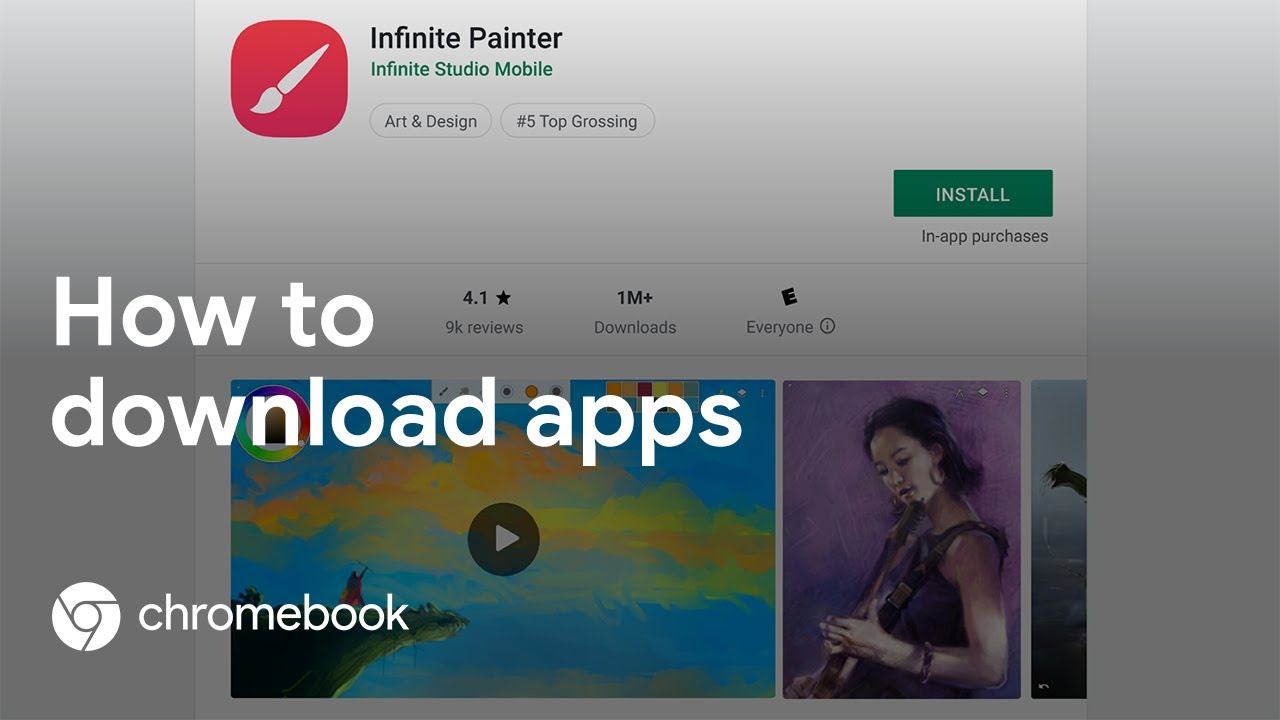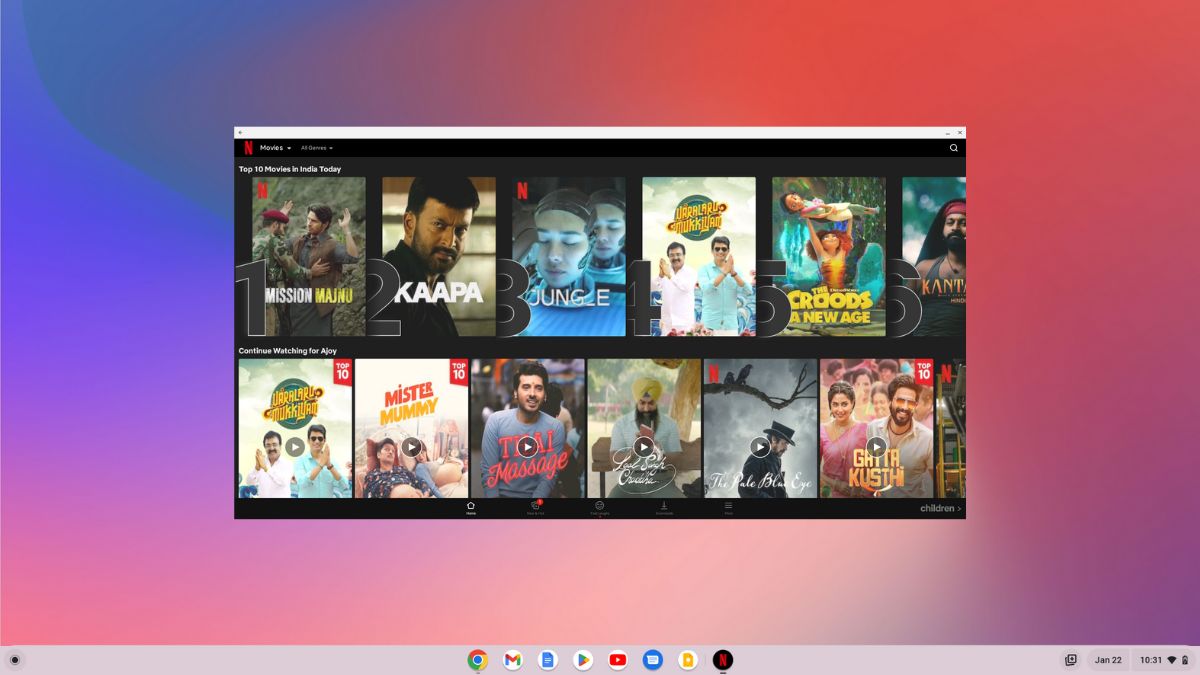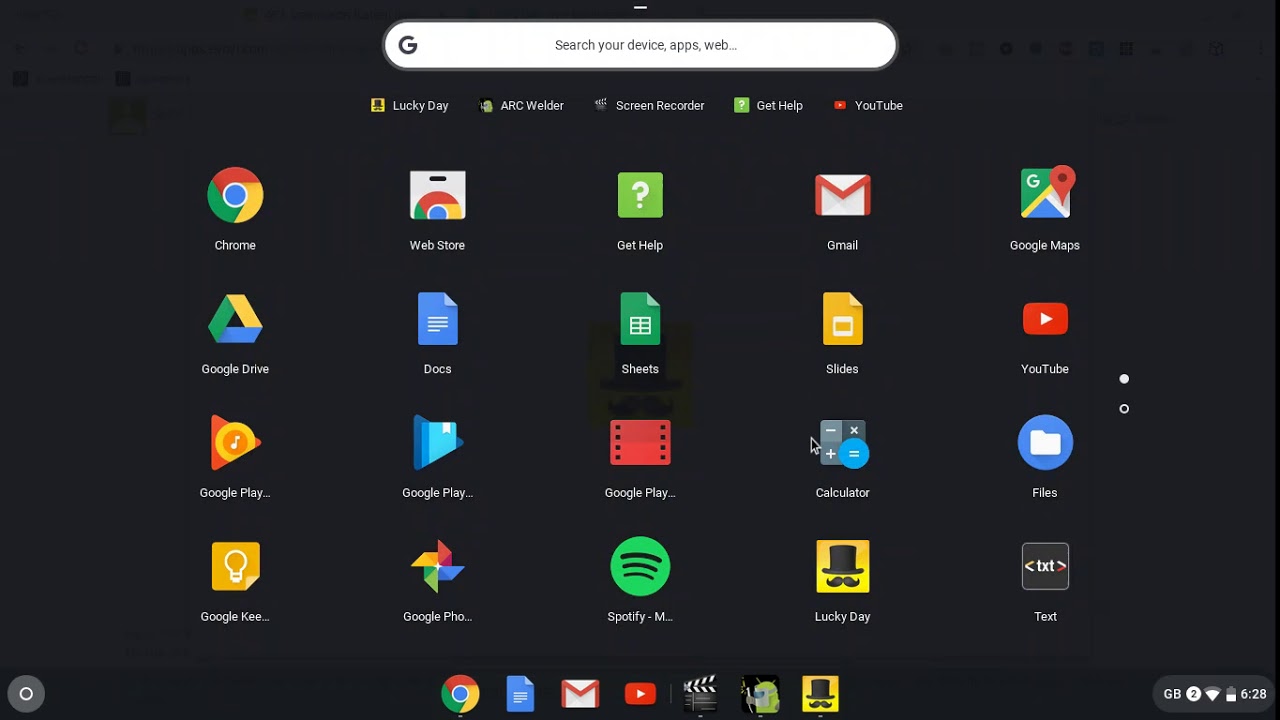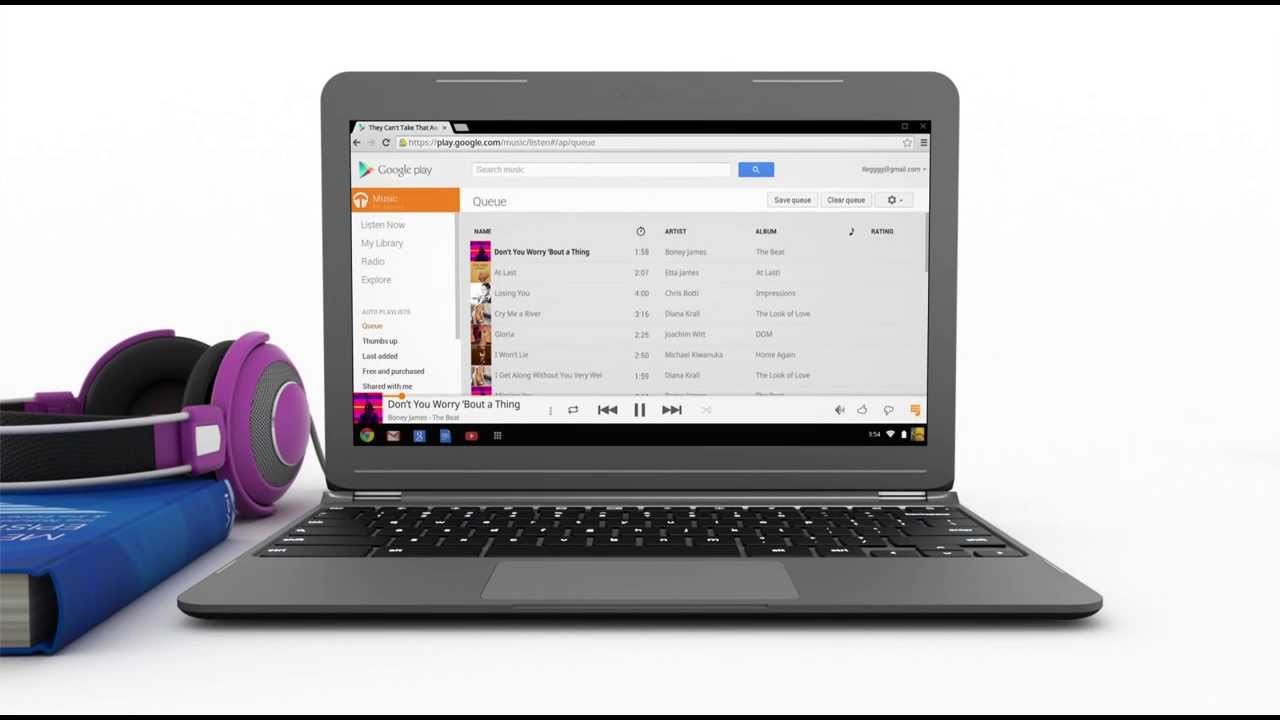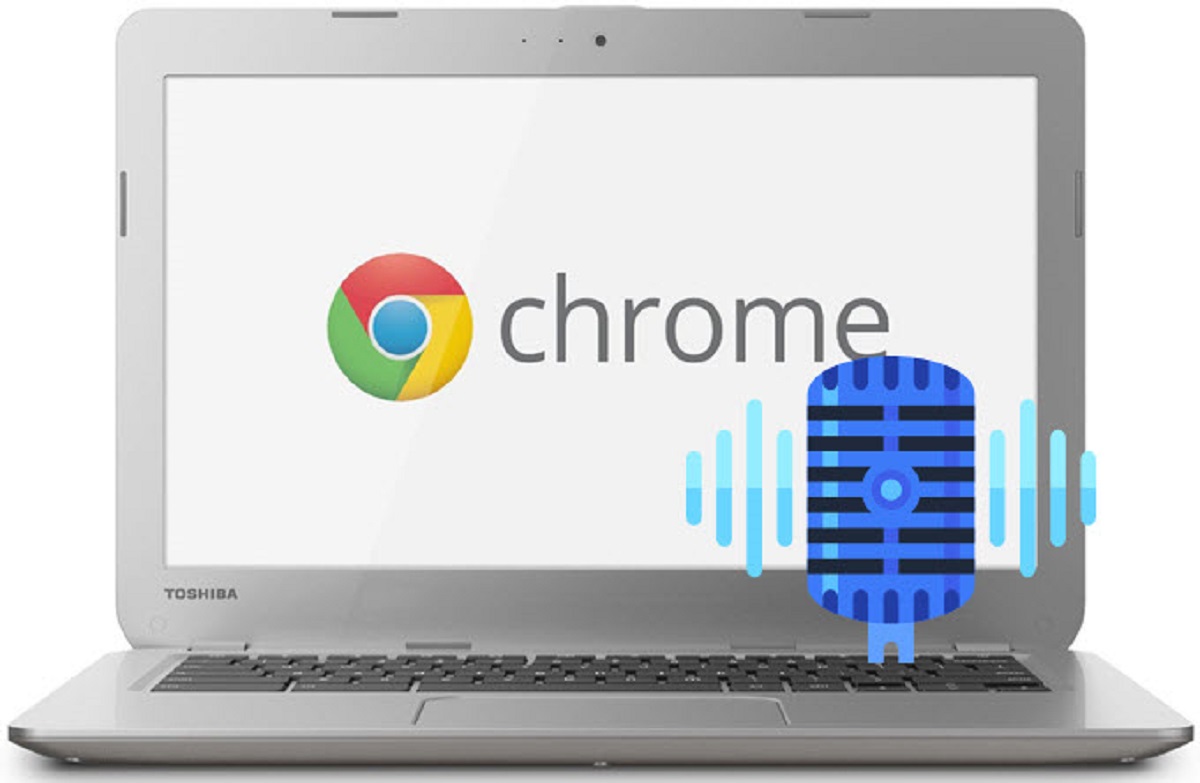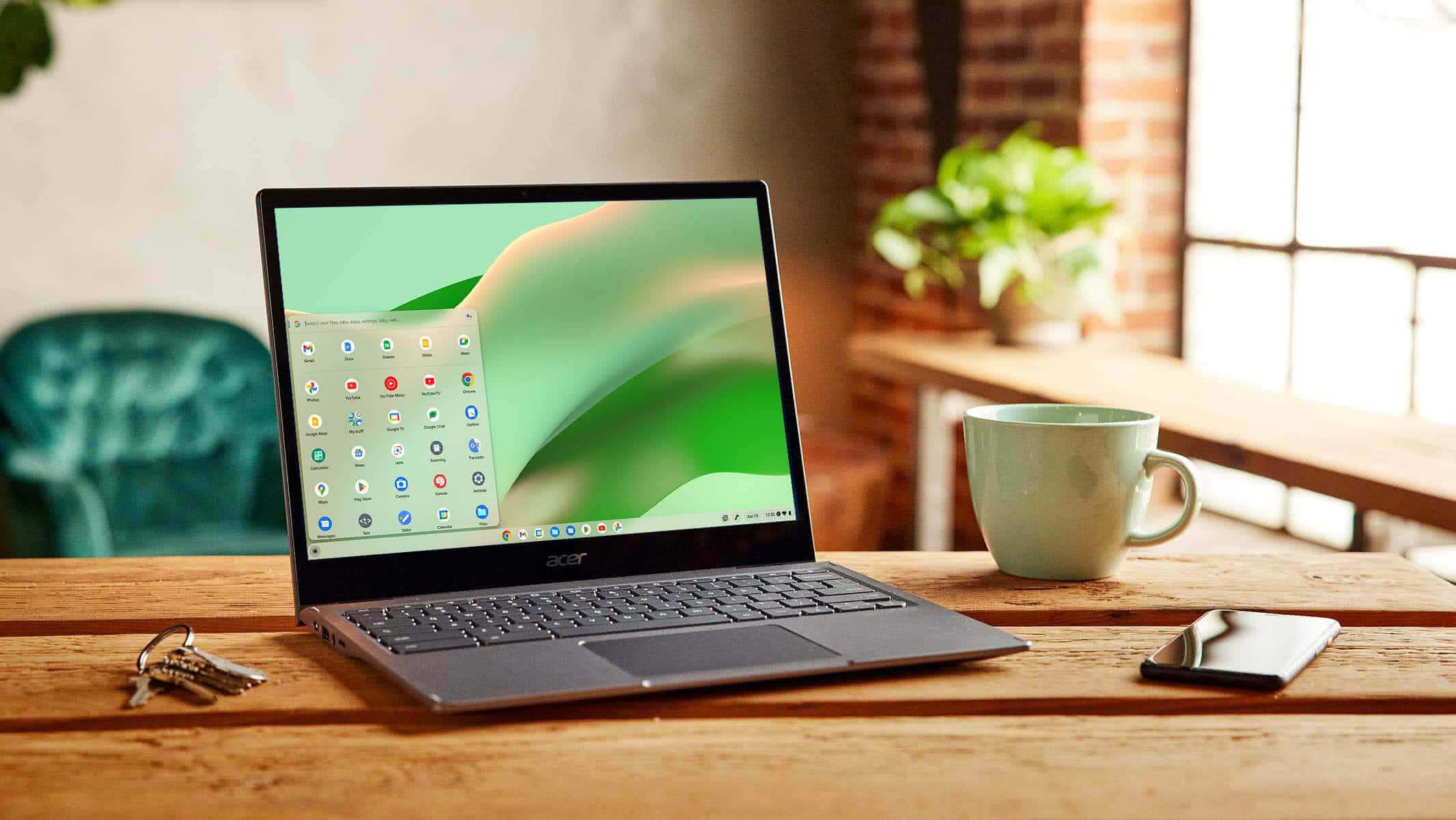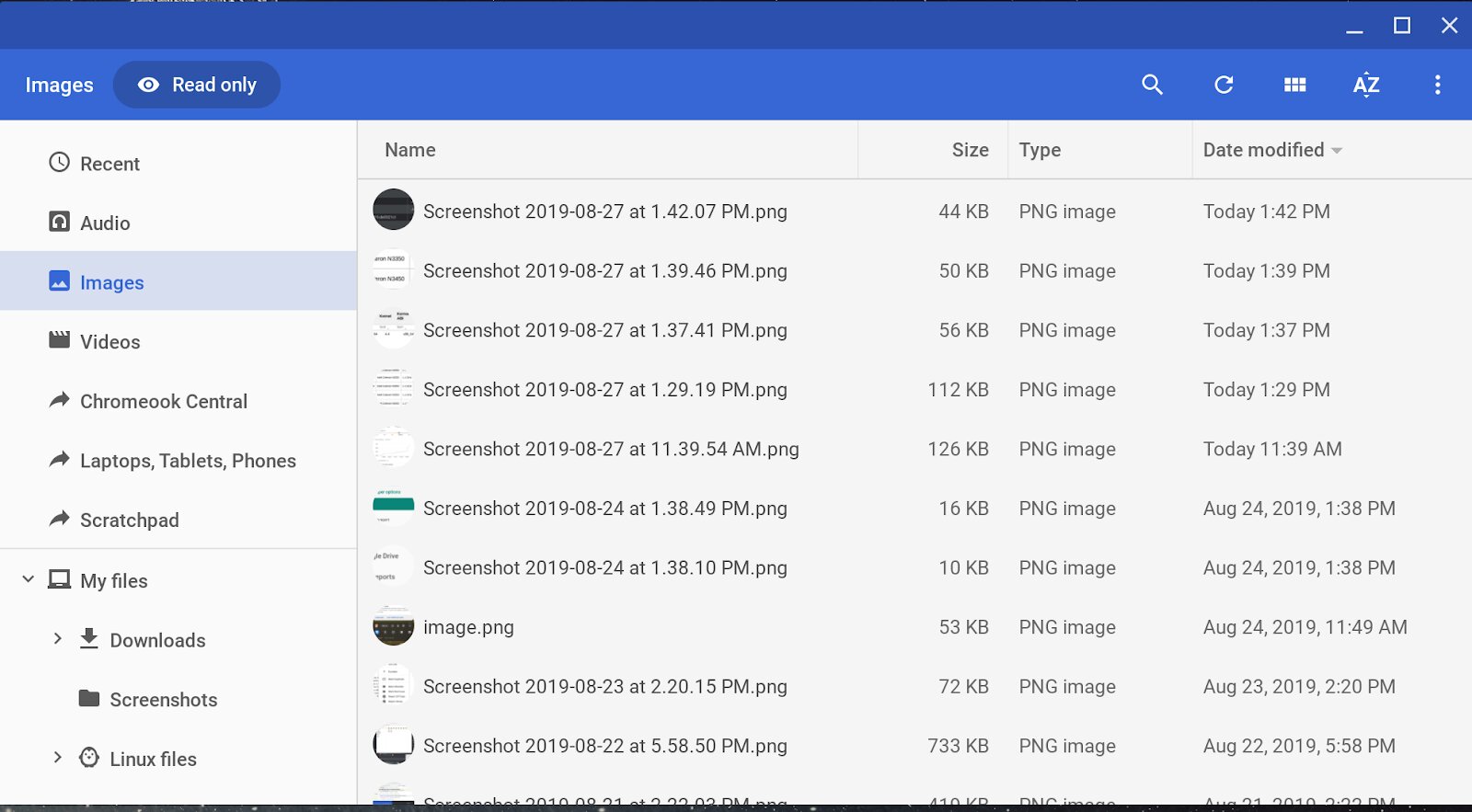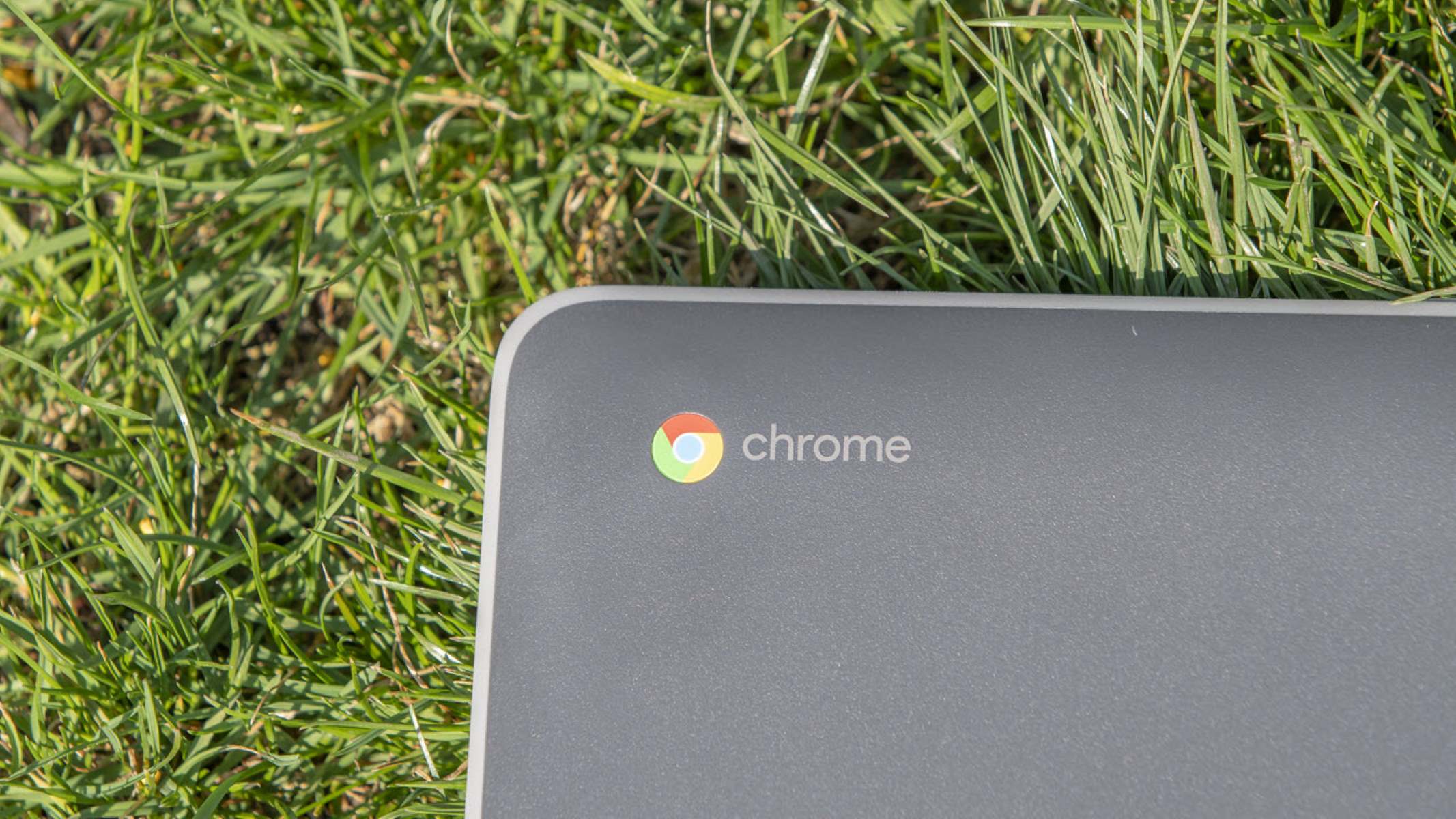Introduction
Welcome to the guide on how to download files on a Chromebook! Chromebooks are popular devices known for their ease of use and portability. While they may have a streamlined operating system, downloading files can sometimes be a bit different compared to traditional computers. In this article, we will walk you through the process of setting up downloads on your Chromebook, show you how to download files from the internet, provide tips on managing your downloaded files, and offer troubleshooting solutions for any download issues you may encounter.
Chromebooks are designed to be simple and secure, operating on the lightweight Chrome OS. This operating system is tightly integrated with the Chrome browser, which means that downloading files is primarily done through the browser. Whether you’re looking to download documents, images, music, or videos, we’ve got you covered.
By the end of this guide, you’ll have a firm grasp on how to efficiently download and manage files on your Chromebook, allowing you to make the most out of your device’s capabilities. So, let’s get started and dive into the world of downloads on Chromebooks!
Setting up Downloads on Chromebook
Before you can start downloading files on your Chromebook, you will need to set up your download preferences and location. By default, Chromebooks save downloaded files to the “Downloads” folder in the local storage.
To configure your download settings:
- Open the Chrome browser on your Chromebook.
- Click on the three vertical dots at the top right corner of the browser window to open the menu.
- Select “Settings” from the dropdown menu.
- Scroll down and click on “Advanced” to expand more options.
- In the “Downloads” section, you can choose where downloaded files should be saved. You can select either the default “Downloads” folder or choose a different location by clicking on “Change” and navigating to the desired folder.
- Toggle the switch next to “Ask where to save each file before downloading” if you want to be prompted by the browser to choose a download location every time.
Once you have set up your preferences, you are now ready to start downloading files on your Chromebook. The next section will guide you on how to download files from the internet.
How to Download Files from the Internet
Downloading files from the internet on a Chromebook is a straightforward process. Here’s a step-by-step guide:
- Open the Chrome browser on your Chromebook and navigate to the webpage containing the file you want to download.
- Once on the webpage, locate the file you want to download.
- Right-click on the file or click and hold if you’re using a touchscreen. A context menu will appear.
- Select “Save link as” or “Download link” from the menu. You can also click on the link to open the file and then use the download option provided by the webpage.
- A file explorer window will open, allowing you to choose the location where you want to save the file. By default, it will save to the “Downloads” folder.
- Choose the desired location or leave it as it is and click on the “Save” button.
Depending on the size of the file and the speed of your internet connection, the download process may take a few moments to complete. Once the download is finished, you can access the downloaded file from the chosen location. If you’re unsure where the file is saved, you can always check the “Downloads” folder in the file explorer.
Remember to be cautious when downloading files from the internet. Make sure you are on a trusted website and only download files from reliable sources to avoid any potential malware or security risks.
Now that you know how to download files from the internet on your Chromebook, let’s move on to the next section, where we’ll explore how to manage your downloaded files.
Managing Downloaded Files on Chromebook
Once you have downloaded files on your Chromebook, it’s essential to know how to effectively manage and organize them. Here are some tips to help you stay organized:
- Accessing downloaded files: To access your downloaded files, open the file explorer by clicking on the launcher at the bottom left corner of the screen and selecting “Files.” By default, downloaded files are stored in the “Downloads” folder. You can browse through the folders to locate your files or use the search bar to find specific files quickly.
- Organizing files: To keep your downloaded files well-organized, you can create folders and subfolders within the “Downloads” folder. Right-click inside the “Downloads” folder, select “New folder,” and give it a name. You can then drag and drop files into the newly created folder or right-click on a file and select “Move” to relocate it to the desired folder.
- Deleting files: If you want to free up space or remove unnecessary files, you can delete them from your Chromebook. Simply right-click on the file you want to delete, select “Delete,” and confirm your action. Alternatively, you can select multiple files and delete them simultaneously.
- Cloud storage integration: Chromebooks are seamlessly integrated with Google Drive, which provides cloud storage for your files. You can upload your downloaded files to Google Drive for safekeeping or access them on other devices. Simply drag and drop the files from the file explorer into the Google Drive folder or use the “Upload” button in Google Drive.
- File management apps: If you require more advanced file management features, you can explore file management apps available on the Chrome Web Store. These apps offer additional functionalities like file compression, file transfer, and advanced file organization options.
By organizing and managing your downloaded files efficiently, you can easily locate and access the files you need, maintain a clutter-free storage system, and make the most out of your Chromebook’s capabilities.
Now that you know how to manage your downloaded files, let’s address any potential download issues and provide troubleshooting solutions in the next section.
Troubleshooting Download Issues on Chromebook
While downloading files on your Chromebook is usually a smooth process, you may encounter occasional issues. Here are some common download problems and their potential solutions:
- Slow download speed: If you are experiencing slow download speeds, it may be due to a poor internet connection. Ensure that you are connected to a stable and high-speed network. You can also try restarting your router or moving closer to the Wi-Fi source to improve your connection.
- Download errors: If you receive an error message while downloading a file, it could be a temporary issue with the website or server. Refresh the webpage and try downloading the file again. If the problem persists, try downloading the file from a different website.
- Blocked downloads: Sometimes, certain files may be blocked from being downloaded due to security settings. If you encounter a message stating that the file is dangerous or potentially harmful, exercise caution and avoid downloading the file. However, if you trust the source, you can override the block by clicking on the “Keep” or “Accept” option.
- Downloads not starting: If you click on a download link and nothing happens, it could be due to a browser extension or settings conflict. Temporarily disable any download manager extensions or VPN services and try downloading the file again. You can also try using an incognito window to isolate any extension-related issues.
- File not opening after download: If you are unable to open a downloaded file, ensure that you have the necessary software or app to access the file type. For example, if you are trying to open a document, make sure you have a compatible office suite installed on your Chromebook.
If you have tried the above troubleshooting steps and are still unable to resolve the download issues, you can seek further assistance from the Chromebook support forums or contact the Chromebook manufacturer for technical support.
With these troubleshooting tips, you should be able to overcome common download issues and enjoy a seamless download experience on your Chromebook.
Conclusion
Congratulations! You have reached the end of our guide on how to download files on a Chromebook. We hope this article has provided you with the necessary information and guidance to successfully set up downloads, download files from the internet, manage your downloaded files, and troubleshoot any download issues you may encounter.
Chromebooks offer a streamlined and user-friendly experience, and downloading files is no exception. By following the steps outlined in this guide, you can easily download documents, images, music, videos, and more on your Chromebook. Remember to be cautious when downloading files, always choose trusted sources, and be mindful of potential security risks.
With the ability to customize your download preferences, organize your files, and integrate with cloud storage solutions like Google Drive, you can make the most out of your Chromebook’s capabilities and create a seamless workflow for file management.
If you ever face any download-related issues, refer back to the troubleshooting section for possible solutions. And don’t hesitate to seek further assistance from the Chromebook support forums or the manufacturer’s support team.
We hope this guide has empowered you to confidently download and manage files on your Chromebook. Happy downloading!







